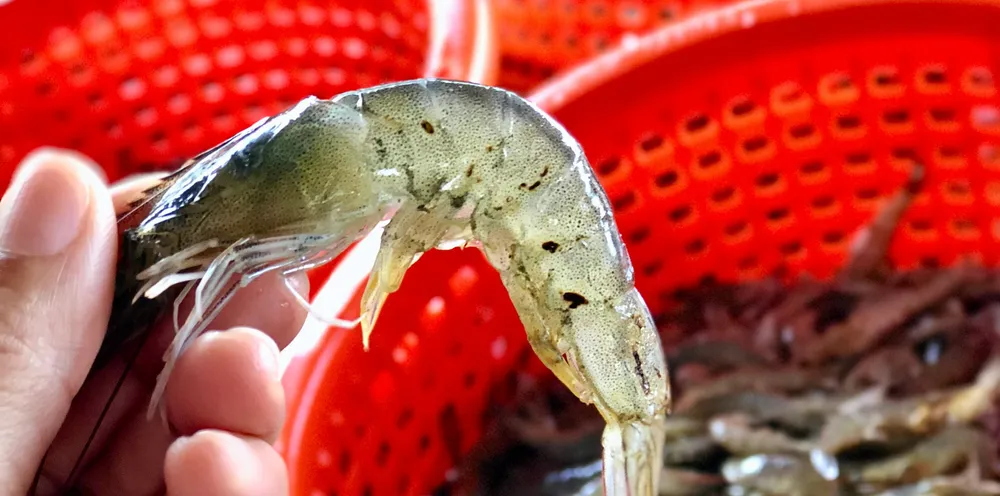Indian shrimp production to fall up to 20% as price crunch renders farms unviable
Many Indian shrimp farms have lain fallow the last 12 months as high post-COVID inventories stacked up in the world's biggest markets.

Many Indian shrimp farms have lain fallow the last 12 months as high post-COVID inventories stacked up in the world's biggest markets.
